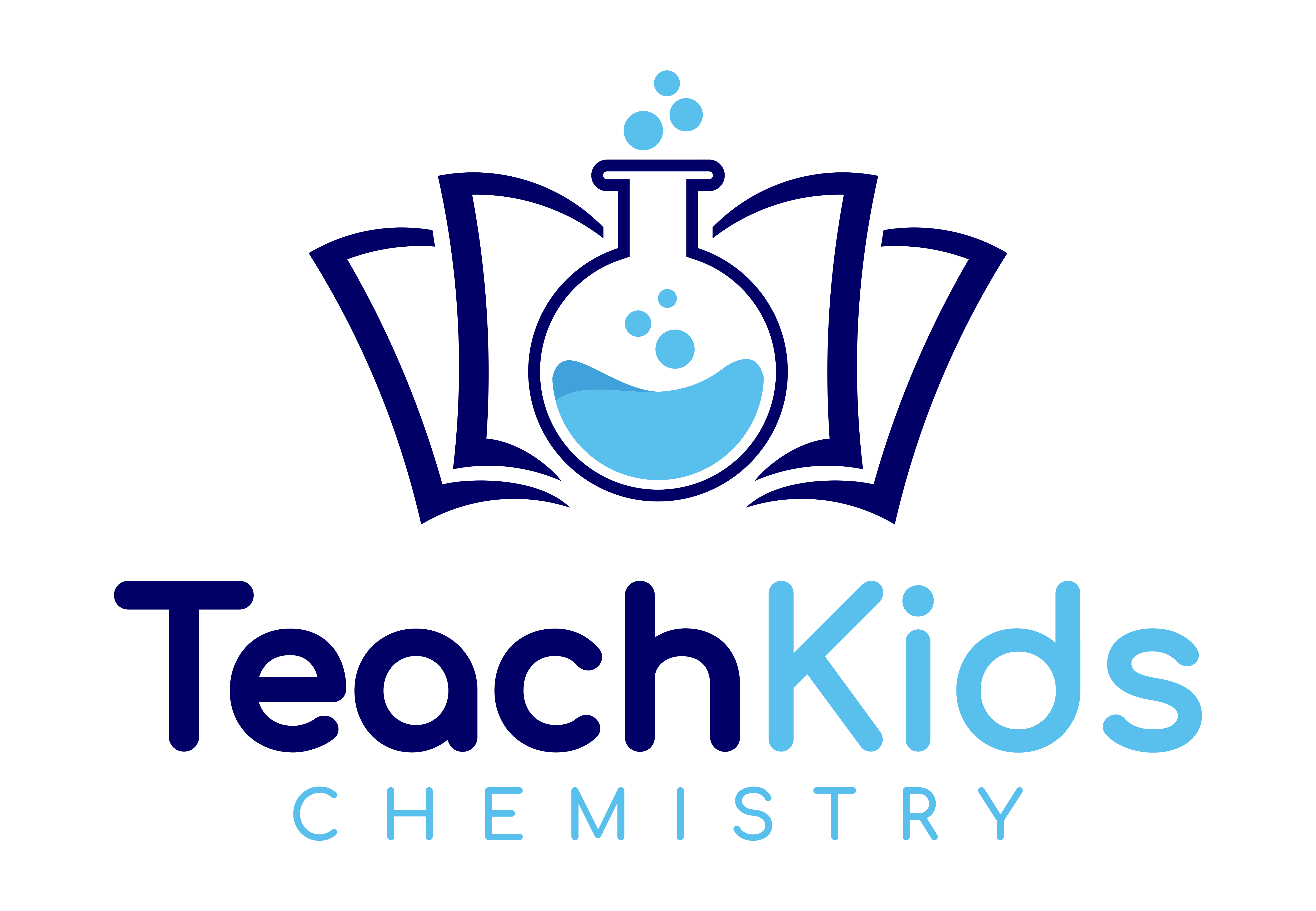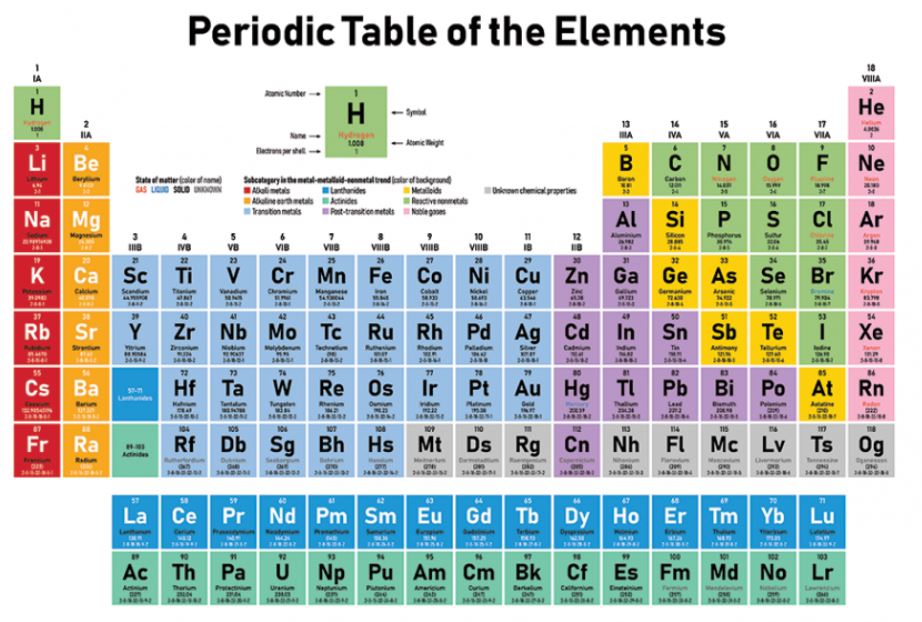Hello and welcome to Teach Kids Chemistry! Today, we will be discussing the fascinating element known as actinium. Actinium is a rare, radioactive metal that is part of the actinide series on the periodic table. Despite its rarity, actinium has important applications in nuclear medicine and scientific research. Join us as we explore the properties and uses of this intriguing element in a simple and easy-to-understand manner.
The Periodic Element Actinium Overview
Actinium is a rare, radioactive element with the atomic number 89 and symbol Ac. Its atomic mass is 227.03 u, and it has 89 protons and electrons. The number of neutrons in actinium can vary, but the most common isotope has 138 neutrons. Actinium is located in period 7 and group 3 of the periodic table. It is a metallic element that is silvery-white in color and has a high luster. Actinium is a highly reactive element and is known to react with oxygen, water, and acids.Actinium has a melting point of 1,050°C and a boiling point of 3,200°C. Its density is 10.07 g/cm³, which is similar to that of lead. Actinium is a rare earth metal that is highly radioactive and has no stable isotopes. It is used in nuclear medicine for cancer treatment and as a source of neutrons in scientific research. Actinium has an electronegativity of 1.1 and a specific heat capacity of 0.12 J/g·K. Overall, actinium is an interesting and important element in the field of nuclear chemistry.
Everyday objects that contain the periodic element actinium?
There are many everyday objects that contain chemicals or compounds that can be used to teach chemistry concepts. For example, water is a compound made up of two hydrogen atoms and one oxygen atom, and can be used to teach about chemical formulas and the properties of different elements. Salt, which is made up of sodium and chlorine, can be used to teach about ionic bonding and the properties of salts. Baking soda, which is sodium bicarbonate, can be used to teach about chemical reactions and the properties of acids and bases. Other examples include vinegar, which is acetic acid, and aspirin, which is acetylsalicylic acid. By using everyday objects that contain chemicals, students can learn about chemistry concepts in a simple and relatable way.
Differences in the periodic element actinium across states of matter
The state of an element can vary greatly depending on its temperature and pressure. At standard temperature and pressure (STP), most elements are either solids or gases. Solids have a fixed shape and volume, while gases have neither. As temperature and pressure increase, some solids can become liquids, which have a fixed volume but take the shape of their container. As temperature and pressure continue to increase, some liquids can become gases, which have neither a fixed shape nor volume. At extremely high temperatures and pressures, some gases can become plasmas, which are highly ionized and conductive. Plasmas are often found in stars and lightning bolts, and have unique properties such as the ability to emit light.
Is the periodic element actinium dangerous or radioactive?
Yes, actinium is a highly radioactive element and is considered to be dangerous. It is a silvery-white metal that is found in trace amounts in uranium ores. Actinium emits alpha particles, beta particles, and gamma rays, which can be harmful to living organisms. Due to its high radioactivity, actinium is primarily used for scientific research and medical applications, such as cancer treatment. It is important to handle actinium with extreme caution and follow proper safety protocols to avoid exposure to its harmful radiation.
Is the periodic element actinium rare and expensive?
Yes, actinium is a rare and expensive element. It is a radioactive metal that is found in very small quantities in uranium ores. Due to its rarity and radioactivity, it is not commonly used in commercial applications. The cost of actinium can vary depending on the purity and quantity needed, but it is generally considered to be one of the most expensive elements. However, its unique properties make it valuable for scientific research and medical applications, such as in cancer treatments.
Learn about all the elements with a periodic table!

